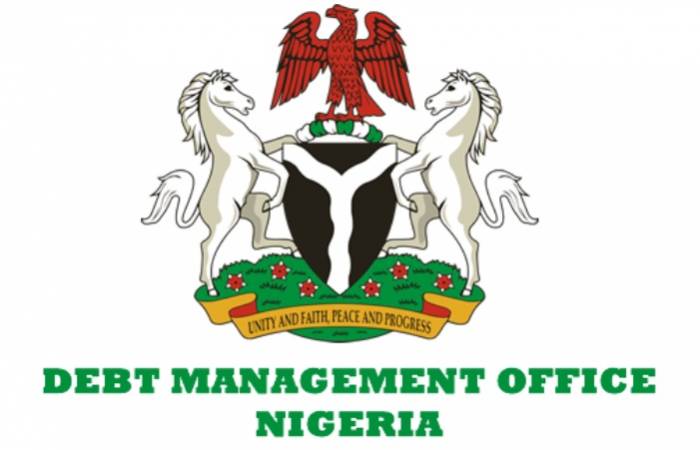Nigeria’s total outstanding debt from promissory notes dropped significantly in the first quarter of 2025, declining by 15.6 percent from ₦1.542 trillion in December 2024 to ₦1.301 trillion by March 2025. The Debt Management Office (DMO) attributed this decline to the government’s commitment to settle verified obligations owed to contractors, exporters, and other entities for previously executed and approved projects. The promissory notes are used by the government to clear arrears without immediately depleting cash resources.
While this reduction might suggest improved fiscal discipline and debt management, several stakeholders have raised questions about the transparency surrounding the figures and the processes involved. Concerns have grown regarding whether the decline truly reflects payments made or whether it stems from the removal or postponement of obligations not yet honored. Analysts and civil society groups are calling for greater openness to verify the actual cause of the drop and ensure that genuine debts are not being written off or hidden from public scrutiny.

Promissory notes have been used over the years as alternative instruments for settling government debts without creating immediate pressure on public finances. However, their increasing use in recent times raised questions about fiscal sustainability and the clarity of obligations entered into by various ministries and agencies. Between 2018 and 2022, the amount of promissory note debt rose steadily, reaching over ₦530 billion. Under the current administration, the total figure surged past ₦1.6 trillion in mid-2024 before the recent reported decline.
According to officials, the reduction in promissory note liabilities is part of a broader effort to clean up the country’s debt profile and manage obligations more efficiently. A significant portion of these notes, they said, have now been settled, either through direct payments or by converting them into long-term bonds with manageable repayment structures. Yet, this claim has sparked skepticism from several economic observers, who argue that without proper documentation, project-specific audits, and public disclosure, the reduced figures do not tell the full story.
Economic policy analysts have questioned the lack of line-by-line details regarding the promissory notes, including which contractors have been paid, for what projects, and under what terms. They stress that while macro-level reporting is helpful, the real measure of transparency lies in disaggregated data that is accessible to the public. Without that, many argue, the figures remain unverifiable and potentially misleading.
Some members of the National Assembly have also echoed these concerns. Recent legislative deliberations have focused on the need for improved oversight of government borrowings and debt settlements. Lawmakers are particularly interested in ensuring that debt instruments like promissory notes are not being used to bypass budgetary processes or avoid legislative scrutiny. Calls have been made for the DMO and relevant ministries to present clear breakdowns and explanations for the reduction in liabilities and to confirm that no critical projects have been stalled or abandoned as a result.
In response to growing skepticism, the DMO has reiterated that all promissory note transactions go through a rigorous verification process before being approved. The office insists that the notes are issued only after the Ministry of Finance, Office of the Accountant General, and other relevant agencies confirm the legitimacy of the debts and the completeness of the project execution. However, these assurances have done little to ease public doubts in the absence of more detailed disclosures.
Furthermore, transparency advocates warn that without a credible system for tracking promissory note issuance, settlement, and project completion, the government risks eroding public trust in its debt management strategies. They argue that Nigerians have the right to know how public debt is being accrued and repaid—especially when these obligations are tied to infrastructure, service delivery, and macroeconomic performance.
As Nigeria’s total public debt approaches ₦150 trillion, managing liabilities such as promissory notes in a transparent and accountable manner has become even more critical. While government officials continue to promote the recent decline as a sign of prudence and efficiency, the conversation around the integrity of the numbers and the processes behind them is far from over.
The coming months will likely see increased pressure from lawmakers, civil society, and economic watchdogs for deeper insights into the government’s debt reduction strategies. Without clearer evidence and more accessible documentation, the reported drop in promissory note obligations may be viewed not as a fiscal victory, but as another indicator of a lack of transparency in public financial management.
Support InfoStride News' Credible Journalism: Only credible journalism can guarantee a fair, accountable and transparent society, including democracy and government. It involves a lot of efforts and money. We need your support. Click here to Donate
